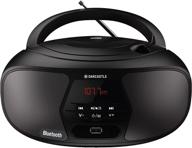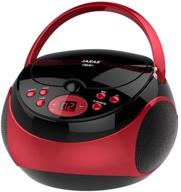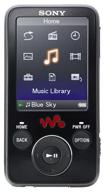
Review on Ancable 10 Pack Headphone Replacement Connector by Charles Mistretta

Good details, nothing wrong here.
So far so good. All reviews say soldering is terrible. I do not know. I do not see it. I'm not the best solderer but the first one I pulled out I soldered on the first try. I've only been soldering for about 8 years, I've had to deal with quite complex jobs, but that's not one of them. fresh solder, and temp up to say around 280-290 C. Flux is your friend, without it you can trash your project and go home. Rosin core solder is good, but only so far. Apply flux to the workpiece, touch the tip with a slight back and forth motion, and apply fresh solder directly to the tip-to-work joint. As soon as it gets wet, pull out tip and solder, let harden, done. If you have excess solder on the tip and it looks old and caked? Don't try to solder with it. You can clean it with a brass mesh or a sponge. But what everyone forgets: You have to put fresh solder on the sting immediately! The sting is hot, and hot oxidizes faster than cold. Therefore, as soon as you clean the old solder, an oxide layer will immediately form on the tip. Has tip ever suddenly stopped accepting solder? Does it just swell and fall off? This is the oxide layer. Thin layers can be fixed, thicker ones spoil the tip and have to be replaced. It is also one of the reasons why people have trouble soldering, their tip is clogged due to improper care and they cannot heat the work piece. The oxide layer is like an insulator. The higher the temperature, the worse it gets. It is difficult to keep the tip clean without oxides at 300°C, almost impossible at 400°C. I almost ruined the tips trying to use such high temperatures to get a lot of work done. So get yourself a good iron like the ts-100, keep it clean and good at low temperatures with fresh solder.
- There is also an older OMTP cabling standard that requires the use of the spade for left audio, ring 1 for right audio, ring 2 for microphone, and grommet for ground. This old OMTP standard can be found in old Nokias (as well as Lumia since 2nd generation), old Samsungs (Chromebooks from 2012), old Sony Ericssons (Xperias from 2010 and 2011), Sonys (PlayStation Vita) and OnePlus One. Please check the electrical wiring before starting any DIY project.
- Infinitely sluggish
New products
Comments (0)
Top products in 🎧 MP3 & MP4 Player Accessories
Another interesting products

🎵 Oakcastle BX200 Boombox, Portable CD Player and FM Radio with Bluetooth Stereo Speakers and Multi-Connection Capability

9 Review

Experience Nostalgic Music With KEiiD CD Player Retro Home Boombox: Get The Used-Like New Version For Just $99

17 Review

SINGING WOOD Boombox Portable Bluetooth

9 Review

🎧 Jaras JJ-Box89: Red/Black Sport Portable Stereo CD Player with AM/FM Radio & Headphone Jack Plug - Ultimate Music Companion on the Go!

10 Review





